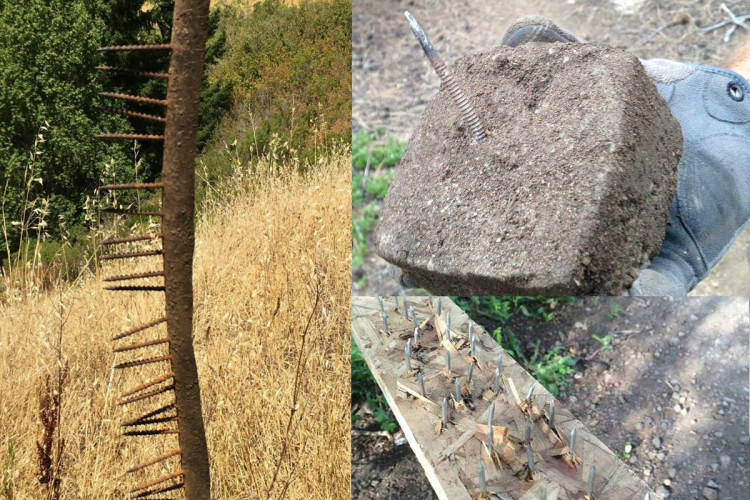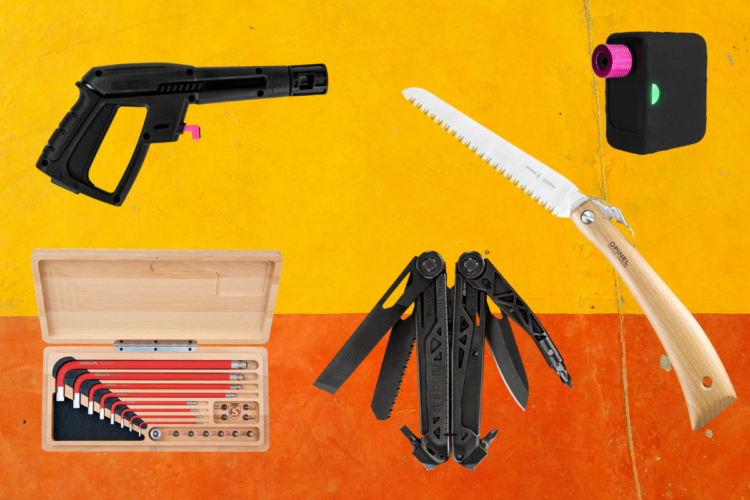Editor’s Note: “Over a Beer” is a regular opinion column written by Greg Heil. While Greg is the Editor in Chief for Singletracks.com, the opinions expressed in this commentary are his alone and do not necessarily represent the opinions of Singletracks.com.

We recently published a list of the 12 best flow trails in the United States, according to a poll of you, our readers. Overall, I thought we ended up with an excellent list, and I would have chosen many of those same trails myself.
However, there seems to be a bit of disconnect in the terminology that we use to discuss flow trails. To get a sense of this, just listen to our podcast on flow trails from last November. In this podcast, you’ll hear that Jeff and I kinda get our wires crossed when discussing flow trails, because we’re talking about two different things.
While I don’t think IMBA does everything well, they do know their flow trails, and IMBA defines a “flow trail” this way:
Flow Trails take mountain bikers on a terrain-induced roller coaster experience, with little pedaling and braking necessary. This style of trail typically contains features like banked turns, rolling terrain, various types of jumps, and consistent and predictable surfaces. Conspicuously absent are abrupt corners or unforeseen obstacles.
One of the most important parts of that definition is the lack of pedaling, and the term “terrain-induced roller coaster.” As a result of this definition, my experience riding flow trails across the nation, and the original definition of “flow” (see below), I think a true flow trail needs to reside on a hill, and it needs to be ridden in the downhill direction. A true flow trail is like a roller coaster: you swoop and flow down the hillside, up and down over rollers and through berms, catching air on jumps, and generally having a good time.
“Flowy trails,” on the other hand, are something else entirely. I think you can have flowy trails in all kinds of terrain: flat, up, down, around, and sideways. Ok, you can’t really ride your bike sideways (except for very brief periods of time), but you get what I mean.
Flowy trails can often contain some of the same features and characteristics that flow trails do, especially the lack of abrupt corners. There’s little worse on a mountain bike than going from 20mph to 0 because you have to negotiate a switchback.
The core of my argument as to the difference between “flow” and “flowy” relates to what the term “flow” actually means in its original sense. It wasn’t coined by mountain bikers—in fact, “flow,” or more accurately a “flow state,” is a term that has its origins is psychology and has been somewhat defined by philosophical discourse. While there are many different derivatives of the definition of “flow” depending on the source that you’re consulting, here’s a good working definition for now:
In positive psychology, flow, also known as the zone, is the mental state of operation in which a person performing an activity is fully immersed in a feeling of energized focus, full involvement, and enjoyment in the process of the activity. (Source)
For a much headier philosophical discussion of flow states and happiness, be sure to see The Pursuit of Unhappiness: The Elusive Psychology of Well-Being by Daniel M. Haybron. I had the dubious pleasure of wading through that text in an upper-level philosophy course as a part of my minor program in college, but I’ll spare you the gory details.
Sticking with the very basic Wikipedia definition, flow is a state of 100% focus when nothing else can enter your mind because you are so fixated on the task at hand. While it isn’t exactly mere happiness, most people would call being in a flow state a truly happy experience. Haybron aruges that it’s the most fulfilling experience possible.
How does this relate to mountain biking? Well, when I’m climbing on my mountain bike, I’m rarely enjoying myself. Most of the time my quads are screaming in protest, and I’m staring dully up a never-ending mountainside, just ready to be done.
On the outside chance that I’m not in sheer agony, I get a lot of thinking done when I’m grinding out long climbing miles. I think about inane topics to write about at work like the difference between “flow trails” and “flowy trails.” I ponder relationship dynamics and interpersonal problems. I wonder why the rear end of my bike is squeaking. I stop to fiddle with my tire pressure. I ask myself what would result if a grizzly bear and a honey badger could interbreed.
The point is, I think about a lot of things while I’m climbing.
But when I’m descending fast, flowy trails with constant opportunities to catch air, dig deep into a berm, and otherwise rail, I have absolutely no time to think about the person who called me names on the internet earlier that day. And I absolutely, positively, 100% of the time am enjoying myself to the max!
Going back to the psychological definition of “flow,” since my mind is often filled with other thoughts and I’m rarely having a good time when climbing, a flow trail simply can’t contain ascents or long pedaling sections. That said, no additional argument is needed to prove that a descending flow trail can create a flow state in the true sense of the term. If you’ve ridden a high-quality flow trail, you know what I’m talking about.
I’ve already rambled on for longer than you probably think is necessary on such a minor topic, so I’m going to wrap this up. In short, Ridgeline at Dupont is a quintessential flow trail. So is Bomb Dog at Coldwater Mountain. But FATS? FATS will never be a flow trail. FATS is a “flowy” trail… and that’s ok.





















6 Comments
May 25, 2016
May 25, 2016
So fun!
May 26, 2016
May 25, 2016
May 26, 2016
May 25, 2016